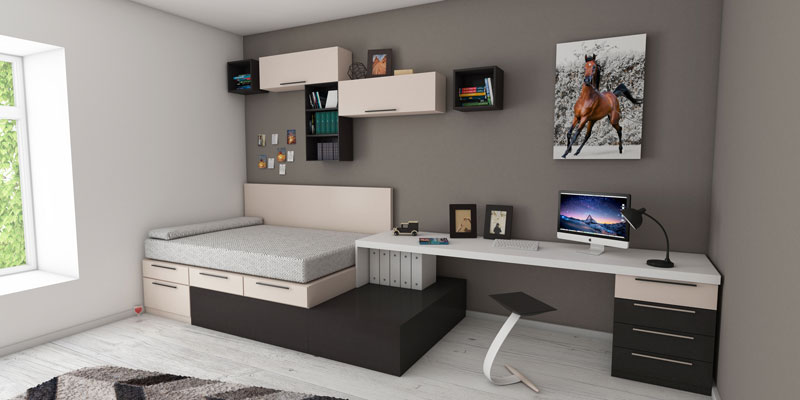5 Safety Tips for Indoor Painting
It is time to start that painting project. You’ve purchased brushes, paint, rollers, and more, and everything is almost ready to start. Have you taken all the necessary safety precautions? Painting safety is not something a lot of people dwell on but should seriously consider if undertaking a DIY painting project. Consider if you have all the equipment needed, if there’s adequate ventilation available in the room to be painted, and how to properly clean and dispose of materials when the job is done. Follow these safety tips to ensure the project will be a safe one.

Ensure Adequate Ventilation
Proper ventilation is probably the most important thing to consider if using a solvent-based paint. According to the National Capital Poison Center, exposure to paint fumes from solvent paints can cause dizziness, headaches, and nausea. These problems are most likely to occur when painting a room with poor ventilation. To avoid these potential hazards, open the doors and windows of the project room. This will create a cross breeze that will circulate air in and out and prevent you from inhaling too many paint fumes. If the room has a fan, then make sure it is turned on. Lastly, consider wearing a respirator. You do not need a fancy oxygen unit, but rather a simple painter's mask that can be purchased at a local building supply or hardware store will do the trick.
Purchase Personal Protective Equipment (PPE)
Along with fumes, solvent paints, cleaners, and strippers can also irritate your skin and eyes, if they are exposed directly to the chemicals. Pick up at least a few pieces of PPE, like goggles and gloves. Also, consider wearing a long-sleeve shirt to protect your arms from splashes. Perhaps even consider wearing an old hat to avoid irritating your hair and scalp.
Take Care with Ladder Safety
Surprisingly, ladder safety is something easily overlooked. Every piece of equipment will eventually get old and start to wear out, so it may be a good idea to see if that favorite ladder now wobbles. This will prevent possible falls and injuries. Plus, it will ensure that containers of paint do not tumble over while working. While using a safe ladder, make sure to not lean too far on the ladder to reach certain spots. It is best to simply climb down, move the ladder, and climb back up to paint.
Clean Up Thoroughly
Whether you are finished or are just stopping for the day, clean up your workspace. Some paints are flammable, so store them in a cool, secure place. Make sure your storage space is not close to a heat source or open flame, because paint fumes mixed with the heat could ignite a fire. Also, any rags that have been exposed to paint thinner could be a potential fire hazard. Store those outside until you can properly dispose of them. If you are going to use more paint thinner, use new rags instead.
Allow Time for Rooms to Dry
When you are finished, give the room sufficient time to dry. People might think a few hours will be enough, but paint needs a few days to properly dry. During that time, ensure that small children and animals stay out of the room. If you cannot close your door, consider placing a child-proof gate in the doorway. This should serve as a proper deterrent while the room dries completely. Also, make sure the room remains ventilated, so the fumes can properly disperse. Keep your fan on, and leave windows open if the weather permits.
Painting indoors is not difficult and can be a fulfilling project, but you are going to want to do it safely. Take these as a guide to stay safe while working and finishing your new paint job. For more safety tips before you start or if you’d like to consider a professional contractor for help, contact us today!
About the author
Chase DeRousse is the Vice President of Painting at Major Painting and strives to deliver quality craftsmanship coupled with superior customer service, creating a unique and pleasant experience for all Major Painting customers, no matter the size of the project. Chase also holds an active Class A General Contracting License.
Chase has won multiple accolades recognizing his leadership and excellence in the painting industry including awards from the Painting Contractor Association (PCA), Business Owners and Managers Association (BOMA), and Institute of Real Estate Management (IREM).